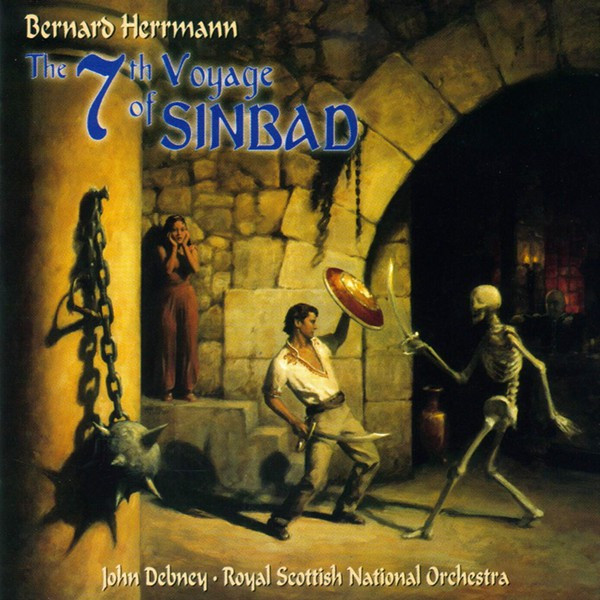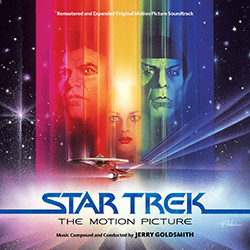It bears mentioning that calibrating audio is harder than calibrating video/color because sound wavelengths are large and the output is quite powerful compared to the features of the things that reproduce (speakers) and receive (ears) said audio. Light wavelengths for video are extremely small and weak, relatively. You don't have to worry about diffraction or even room reflection very much when you talk about video monitors (even refraction never comes up for consumers) but those factors make our lives very hard in the audio world.
The standard is set in video production, and we can assume that most people working with video have their monitors calibrated to the conditions of their environment. So if we do the exact calibration at home, we will receive the colores as intended.
But I find it somewhat questionable how important it really is for most of us to see it exactly as the person who made the video production. Most of the time they use all kinds of filters to some scenes or the whole movie, like the greenish coloration of the film "The Road" as an example to make it sense more as an apocalyptical wasteland. Having our screen properly calibrated will probably not make our experience of the movie much better.
I see similarities with music productions, but the standard calibration is not fully in place and we can't be as certain that the monitors used had a flat response. Besides that, the person who mixed the music was also using all kinds of "filters" to make it sound as he subjectively preferred it to sound.
If we as music consumers just set up our sound system until we like how the majority of the music we choose to listen to sounds, no matter if this is set up after a standard calibration or not, we should be happy. Most of us "sound nerds" will most likely be the only ones who really care how our sound system sounds anyways, so why calibrate it to satisfy Mr. Average Joe?
Last edited:




